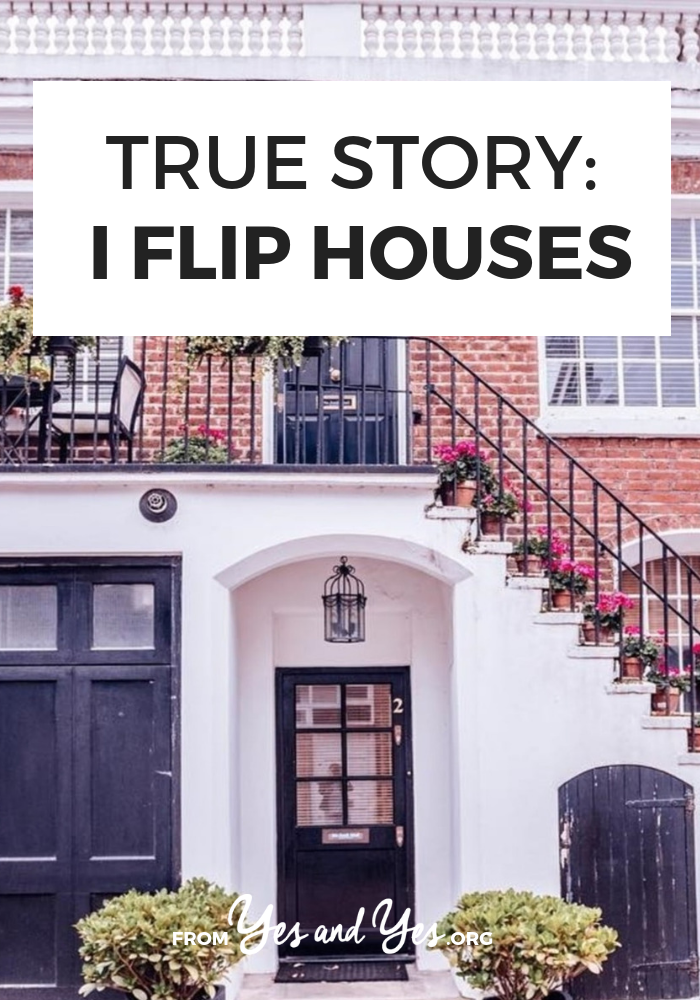
Tell us a bit about yourself!
Hi! My name is Lindsay Bjerke. I was raised in the small town of Waseca, MN on a five-generation family farm and made my way to St. Paul for school and work. I have a degree in Interior Design and am a licensed realtor for a small independent brokerage.
I’m 32-years-old, happily married and in love with my one-year-old pup, Gordon. For fun, the husband and I travel, play tennis, mountain bike and tinker in the yard.
For those of us who don’t know, what does it mean to ‘flip’ a house?
Flipping is purchasing a home at a discount that is in need of updating/repairs with the intent to remodel/rehab/repair into a respectable home and then re-sell (ideally for a profit).
How did you get into house flipping?
I’ve always been a wannabe hybrid of Designer-Realtor-Contractor. I’m equally interested in business as I am design and DIY projects, so I love that this career allows all of those qualities to shine.
You contracted out some of the work on your house but you did a lot of it yourself. What did you DIY and where did you learn your DIY skills?
Yes – I like to get dirty (and save money)! I did all of the demo, sheet rock hanging, taping/mudding, tiling, cleaning and refinishing of woodwork, sanding and refinishing of wood floors, painting (interior and exterior), trimming, landscaping, and (of course) all of the designing, shopping, budgeting, scheduling and managing of vendors.
What I didn’t know from past experience I learned by reading books, taking classes at a local home improvement store and watching a lot of YouTube videos. I also had a couple handymen to call on to assist when needed and give me some “on the job training.”
If you take your time and do the necessary preparations before starting the work, there is so much you can do yourself and do well!
 In your opinion, what changes make the biggest impact? What are some things that just about anyone can DIY and what should be left to the experts?
In your opinion, what changes make the biggest impact? What are some things that just about anyone can DIY and what should be left to the experts?
In terms of small cost-high-reward, the power of a clean house and a fresh coat of paint is HUGE! I’ve walked into houses that make you want to run home and shower, but after a thorough cleaning and fresh paint you might just want to move in!
If you are interested in this type of work and are attentive to details, much of the demolition and painting should not be a problem. With a little research, most people can tackle basic tiling, landscaping, floor refinishing and hanging sheet rock.
When you’re looking for a flip house, what qualities are you looking for?
Above all I need to be proud of the work I do when the day is done, so I look for a house that makes my soul happy – one I would be proud to have my name on. Making money is number one priority, but if I know I won’t be excited about the end result, I’ll pass.
Besides location, the layout/functionality of the home is key. I look for homes that have an existing fabulous layout or a way to easily achieve a fabulous layout with a few (relatively) minor changes. Kitchens sell houses, so a nice kitchen layout is essential.
Properties should have good bones without a lot of remodeling needed. I look for poor kitchens and baths since those give a good return on investment. You don’t want to spend all of your budget updating plumbing, electrical, etc. (these items are expected to be in working/updated condition and go largely unnoticed).
Ideally the home would have (or could have) three bedrooms, two bathrooms, and a dining area (to open up the home to the largest pool of buyers).
The home has to have at least one “wow moment” when everything is said and done. Something to remember the home by. Something that keeps people in the house and dreaming of living in it.
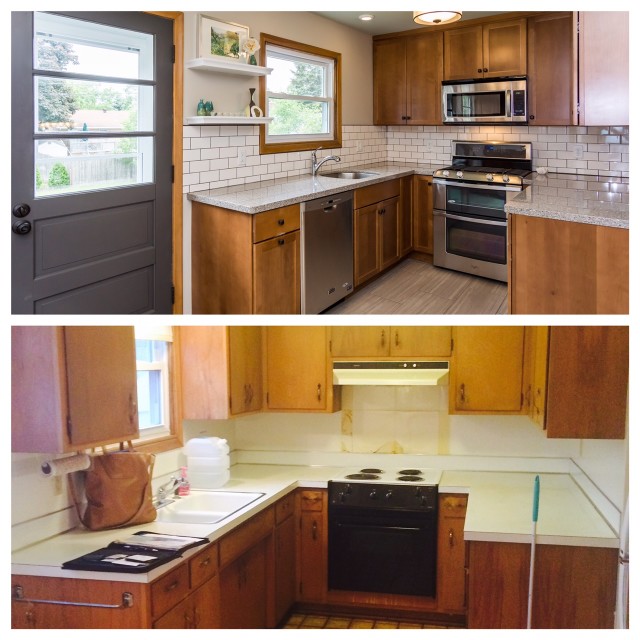
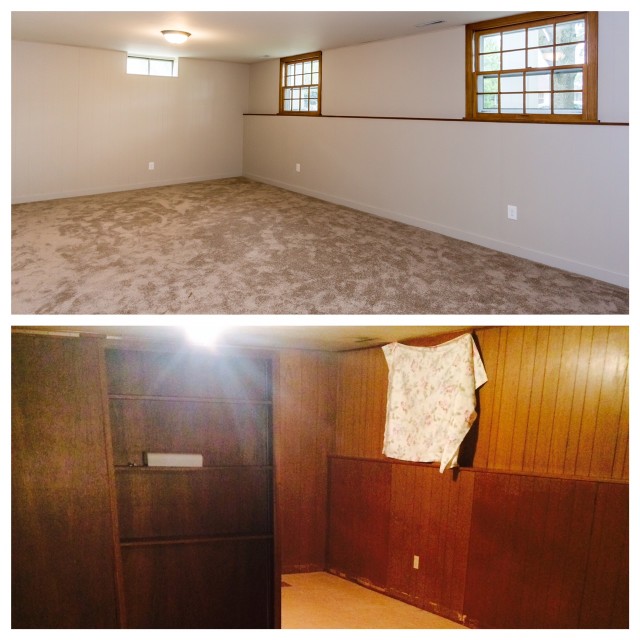 Do you ever get a bit misty-eyed when a house sells after you’ve put so much work into it?
Do you ever get a bit misty-eyed when a house sells after you’ve put so much work into it?
I get pretty attached so that moment of first putting it on the market is bittersweet. But it doesn’t take long for that feeling to wear off. Once the house is sitting empty sucking money, trust me, you’ll be counting the days to closing!
How much can someone expect to make on a typical flip?
I think a general industry standard is to shoot for a 20% profit on your investment.I get much more detailed before writing an offer, but one simple formula I use for calculating a reasonable purchase price for a rehab is as follows:
What tools/resources/websites really helped you with this process?
As an interior designer, I designed and managed remodels for many years before I decided to take on an independent flipping project. I had many contacts to draw from in the home remodeling industry.
Being a licensed Realtor, I can easily assess property values with my access to MLS data. If you don’t have access to this resource, you want a good agent on your team to help you determine an accurate resale price so you don’t overpay on the buy side.
What advice would you give to someone who’s interested in flipping their first house?
Do your research, know your market and what buyers are looking for in that market.
Find a house with a good layout and good bones.
Get bids and add at least 10% for unforeseen add-ons and 30% to proposed schedule/timeline because something unexpected will happen and there will be delays.
If the numbers don’t work, move on. It’s so easy to become emotionally attached and want to help a sad house shine once again, but at the end of the day you need to make money.
Thanks so much for sharing, Lindsay! I know I fantasize about flipping a house. Have any of you guys done this? Do you have any questions for her?

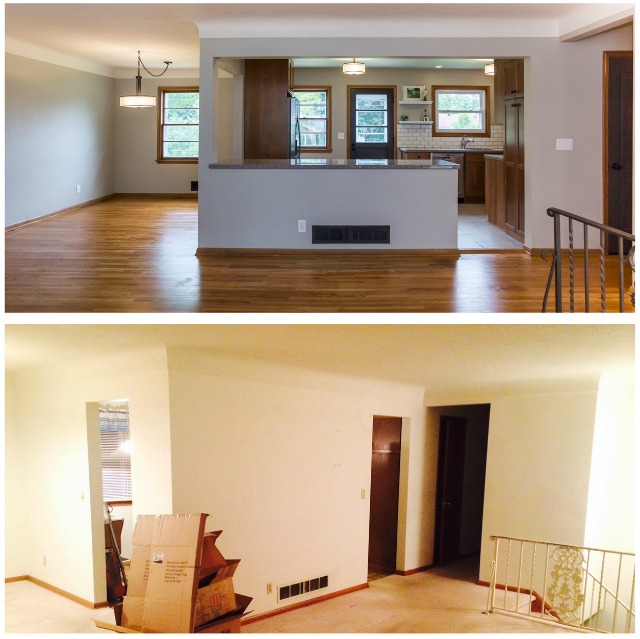
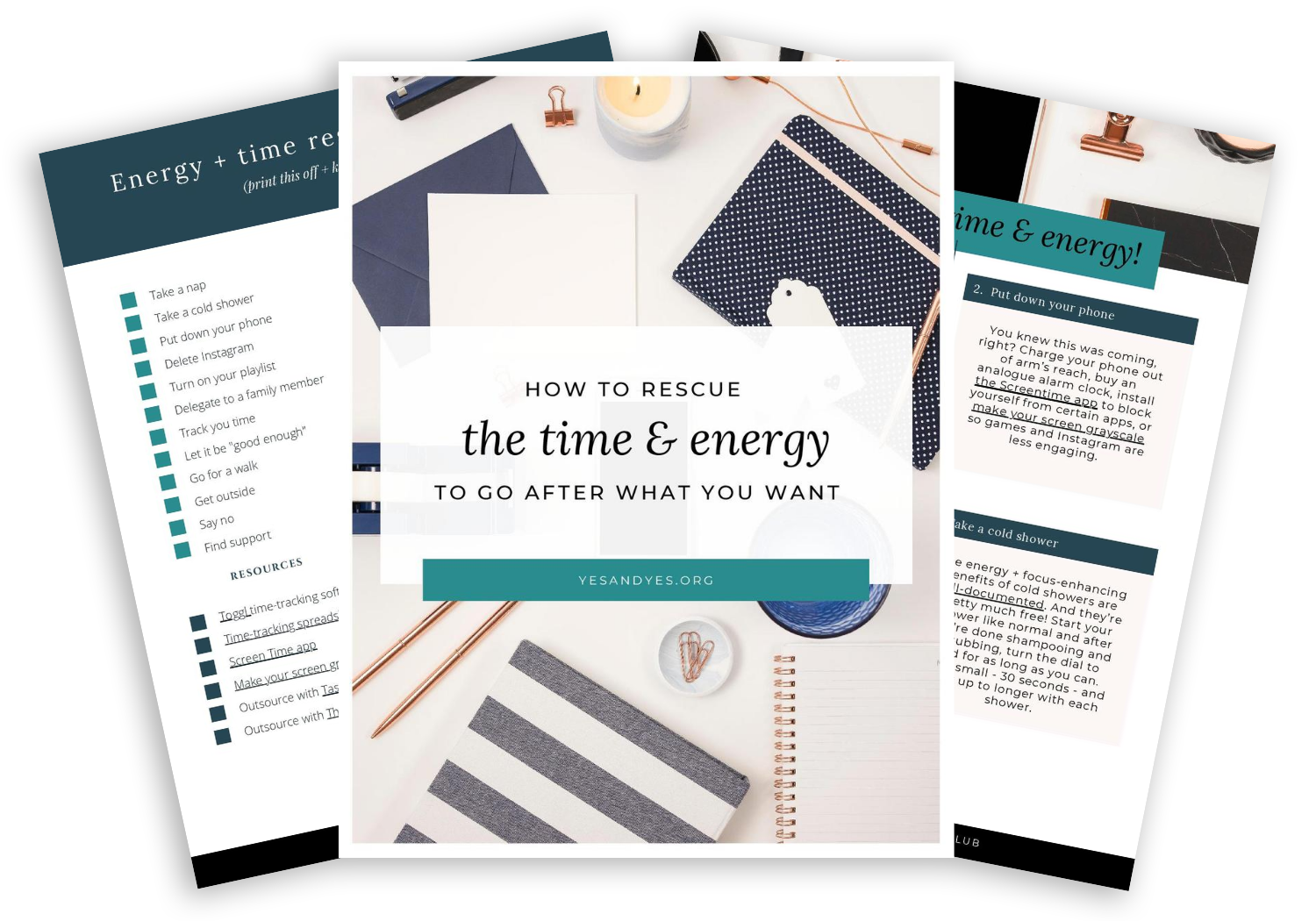


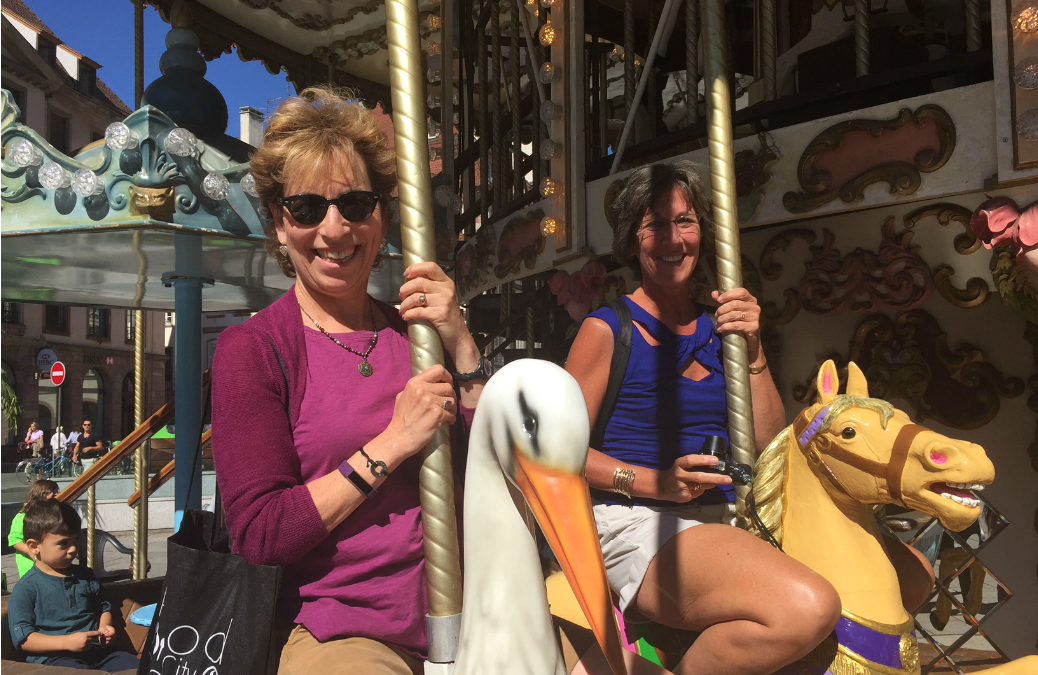







This looks like an interesting work (especially for those who want to take up challenges)
Like the layout of that house (the first picture)